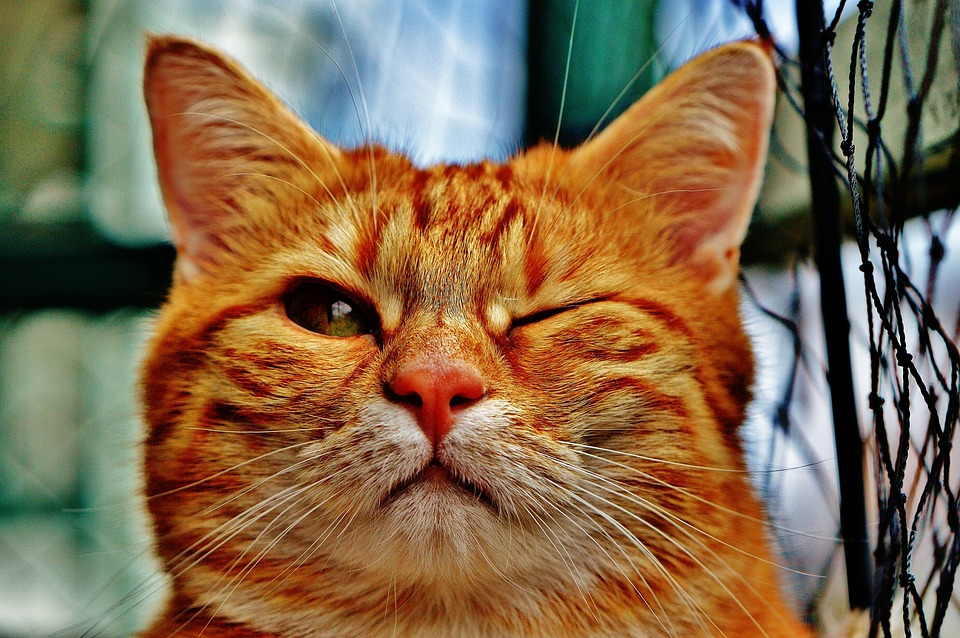Cats are known for their quirky behaviors, and one of the most endearing acts is paw kneading. This adorable behavior, also referred to as “making biscuits,” involves your feline friend rhythmically pushing their paws against a soft surface, often accompanied by a gentle kneading motion. While it may seem like a simple act of comfort or contentment, paw kneading actually holds deeper meaning and stems from their instinctual behaviors. In this article, we will explore the fascinating world of paw kneading and decode its significance in a cat’s life.
The Origins of Paw Kneading
To understand why cats engage in paw kneading, we need to delve into their evolutionary history. Kneading behavior is believed to have originated from a cat’s early kittenhood. When kittens nurse, they instinctively push their paws against their mother’s mammary glands to stimulate milk production. This repetitive motion and the comforting sensation of nursing become deeply ingrained in a cat’s mind, often continuing into adulthood.
The Purpose Behind Paw Kneading
1. Marking Territory: Cats have scent glands in their paws, and by kneading, they release pheromones onto the surface beneath them. This act serves as a way of marking their territory, signaling to other cats that the area is claimed and safe.
2. Relaxation and Contentment: Paw kneading is often associated with a state of pure bliss. When cats feel relaxed and content, they instinctively engage in this behavior as a way to self-soothe and find comfort. It’s a clear indication that your feline companion is in a happy and secure state of mind.
3. Nesting Instinct: In the wild, cats knead before settling down to sleep. This behavior helps them create a comfortable sleeping area by ensuring the ground is soft and free from any potential threats. By kneading, cats are preparing their sleeping spot for optimum comfort and safety.
Common Myths and Misconceptions
There are a few misconceptions surrounding paw kneading that need to be addressed:
1. Pain or Discomfort: Contrary to popular belief, paw kneading is not a sign that your cat is in pain. While it’s crucial to monitor your cat’s overall health and behavior, paw kneading is generally a harmless and natural behavior.
2. Nursing Instinct in Non-Pregnant Cats: It’s not uncommon for spayed or neutered cats to exhibit paw kneading behavior. This behavior is deeply ingrained in their instincts and can continue even if they are not nursing or pregnant.
3. Aggression or Need for Attention: Sometimes, cats may knead when they are seeking attention or are in an overly excited state. However, this behavior is rarely aggressive and should not be misconstrued as such.
Frequently Asked Questions (FAQs)
1. Why does my cat drool when kneading?
– Drooling during kneading is a sign of extreme contentment and relaxation. It’s a reflex action triggered by the pleasurable sensations associated with kneading.
2. Can I encourage or discourage my cat from kneading?
– Since kneading is a natural behavior, it’s best not to discourage your cat from engaging in it. However, if your cat’s kneading becomes too rough or painful, you can redirect their attention to a soft blanket or toy.
3. Should I be concerned if my cat kneads excessively?
– Excessive kneading can sometimes indicate anxiety or stress. If your cat’s kneading seems compulsive or is accompanied by other concerning behaviors, it’s advisable to consult with a veterinarian or a feline behaviorist.
4. What surfaces do cats prefer to knead on?
– Cats typically prefer soft surfaces such as blankets, pillows, or even your lap. Providing your cat with a dedicated kneading spot, such as a cozy blanket or a cat bed, can help satisfy their kneading instincts.
Embrace the Adorable Paw Kneading!
Next time you see your beloved feline friend kneading away with their paws, take a moment to appreciate this endearing behavior. Paw kneading is a delightful reminder of their wild instincts, their need for comfort, and their trust in you as their loving companion. Embrace this adorable behavior and cherish the special bond you share with your furry friend!








